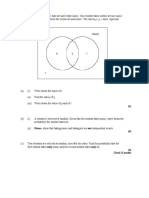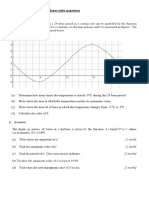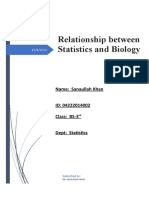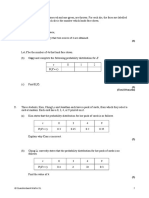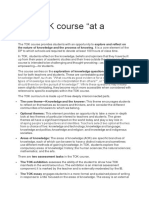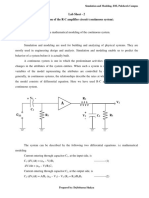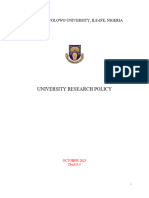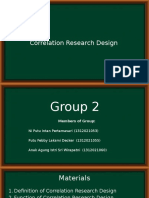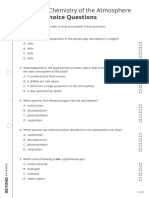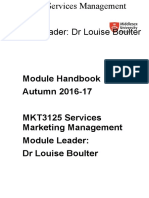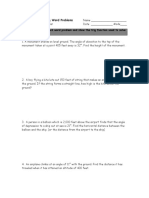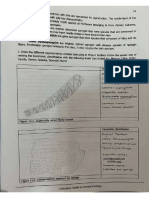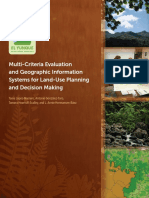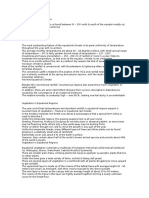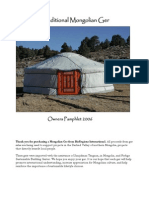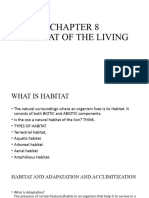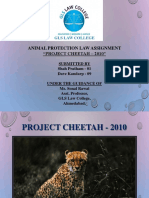0% found this document useful (0 votes)
878 views3 pagesStudent BiomeViewer - Environmental Science Homework
This document provides an overview of how to use the BiomeViewer app to explore different biomes around the world and analyze patterns in biodiversity. Key features of the app include pinpointing locations on an interactive globe to view biome summaries, comparing two biomes side by side, and examining layers like temperature, precipitation and human impact over time. The worksheet then has students collect data on species richness and climate patterns for different biomes to identify trends, such as tropical biomes near the equator tending to have higher species richness when rainfall and temperatures are between 10-30°C. Comparing a desert and rainforest at the same latitude reveals how climate influences biodiversity. Finally, students analyze how human settlement has impacted species richness
Uploaded by
Shinobu OshinoCopyright
© © All Rights Reserved
We take content rights seriously. If you suspect this is your content, claim it here.
Available Formats
Download as PDF, TXT or read online on Scribd
0% found this document useful (0 votes)
878 views3 pagesStudent BiomeViewer - Environmental Science Homework
This document provides an overview of how to use the BiomeViewer app to explore different biomes around the world and analyze patterns in biodiversity. Key features of the app include pinpointing locations on an interactive globe to view biome summaries, comparing two biomes side by side, and examining layers like temperature, precipitation and human impact over time. The worksheet then has students collect data on species richness and climate patterns for different biomes to identify trends, such as tropical biomes near the equator tending to have higher species richness when rainfall and temperatures are between 10-30°C. Comparing a desert and rainforest at the same latitude reveals how climate influences biodiversity. Finally, students analyze how human settlement has impacted species richness
Uploaded by
Shinobu OshinoCopyright
© © All Rights Reserved
We take content rights seriously. If you suspect this is your content, claim it here.
Available Formats
Download as PDF, TXT or read online on Scribd
/ 3


